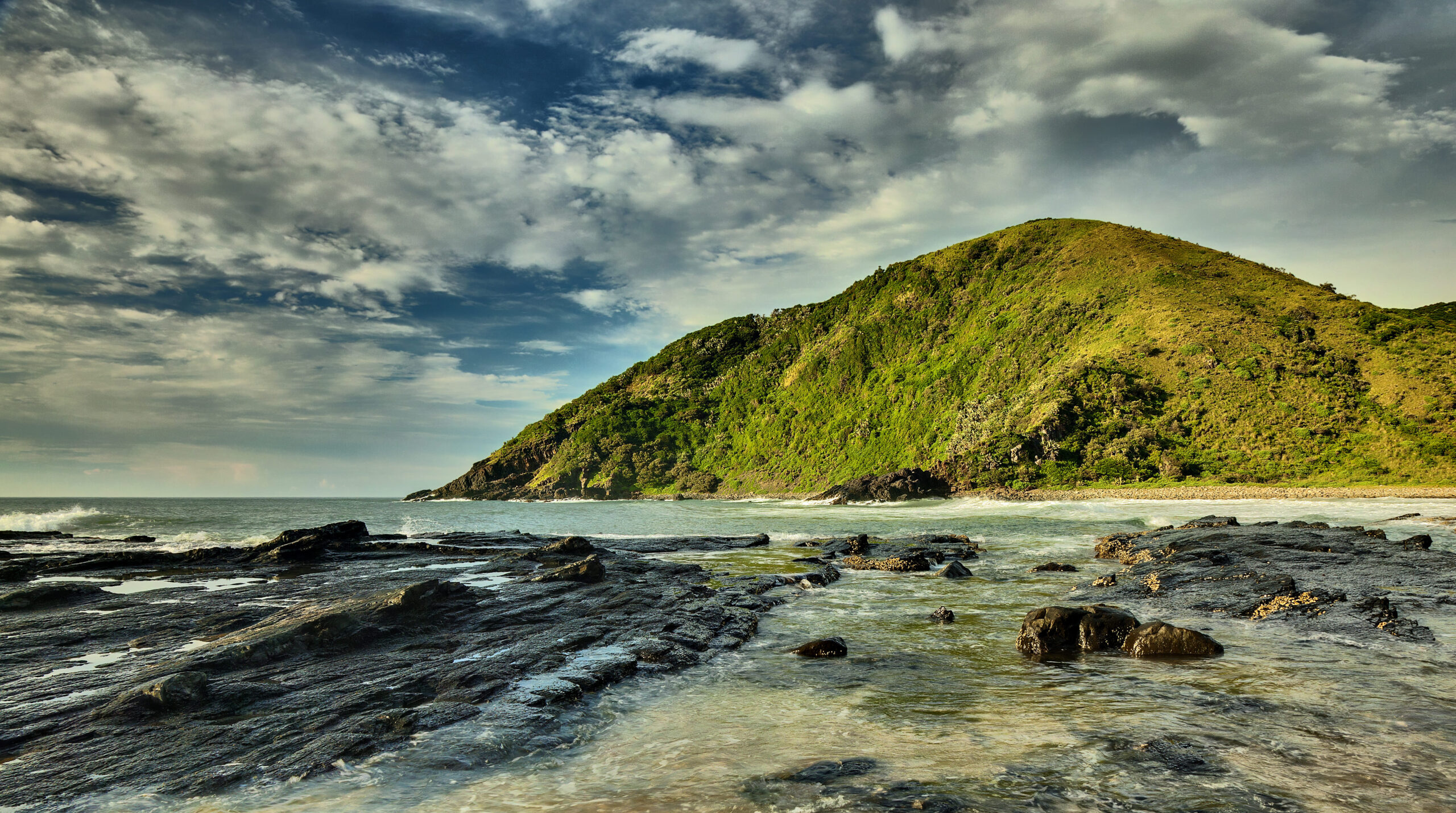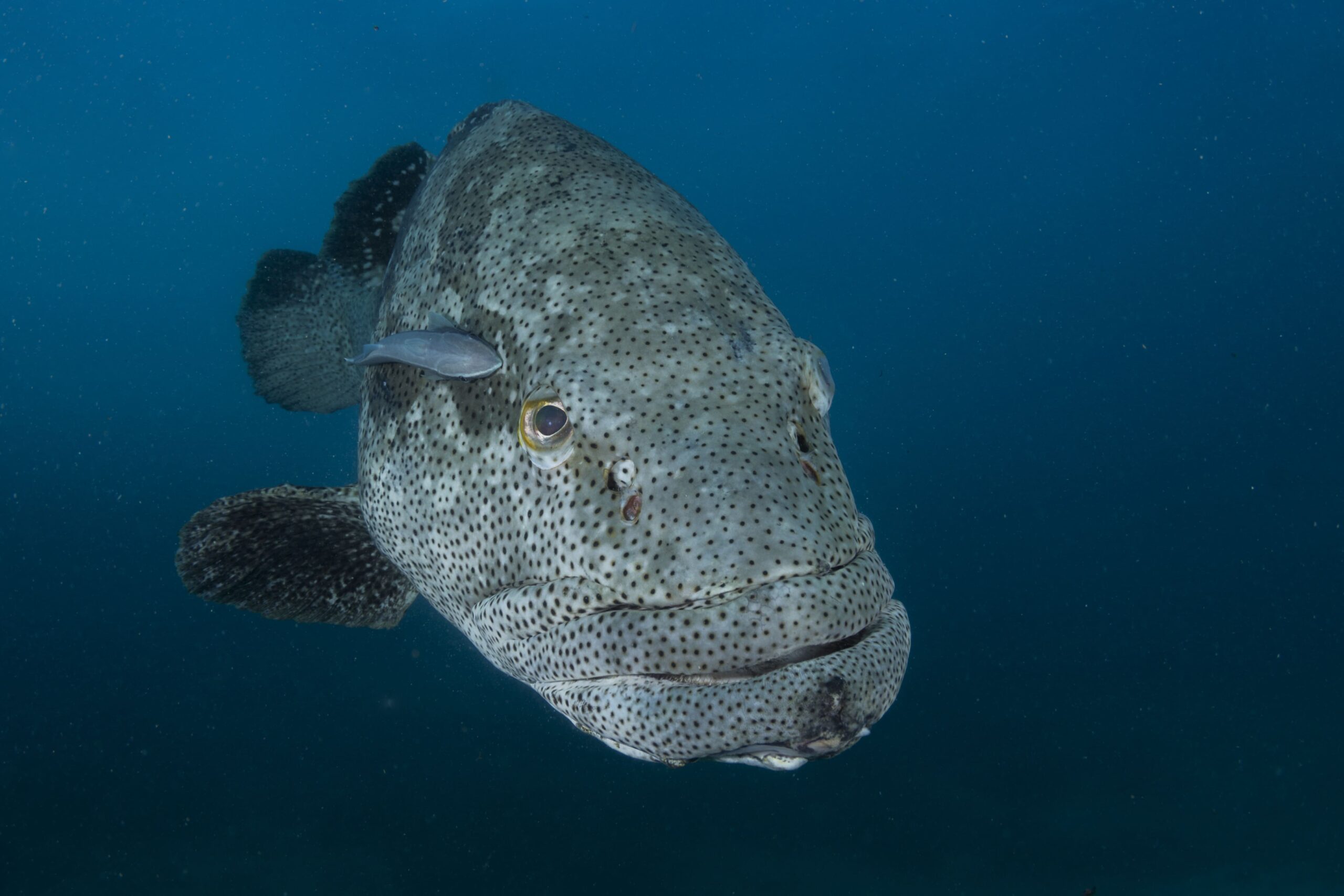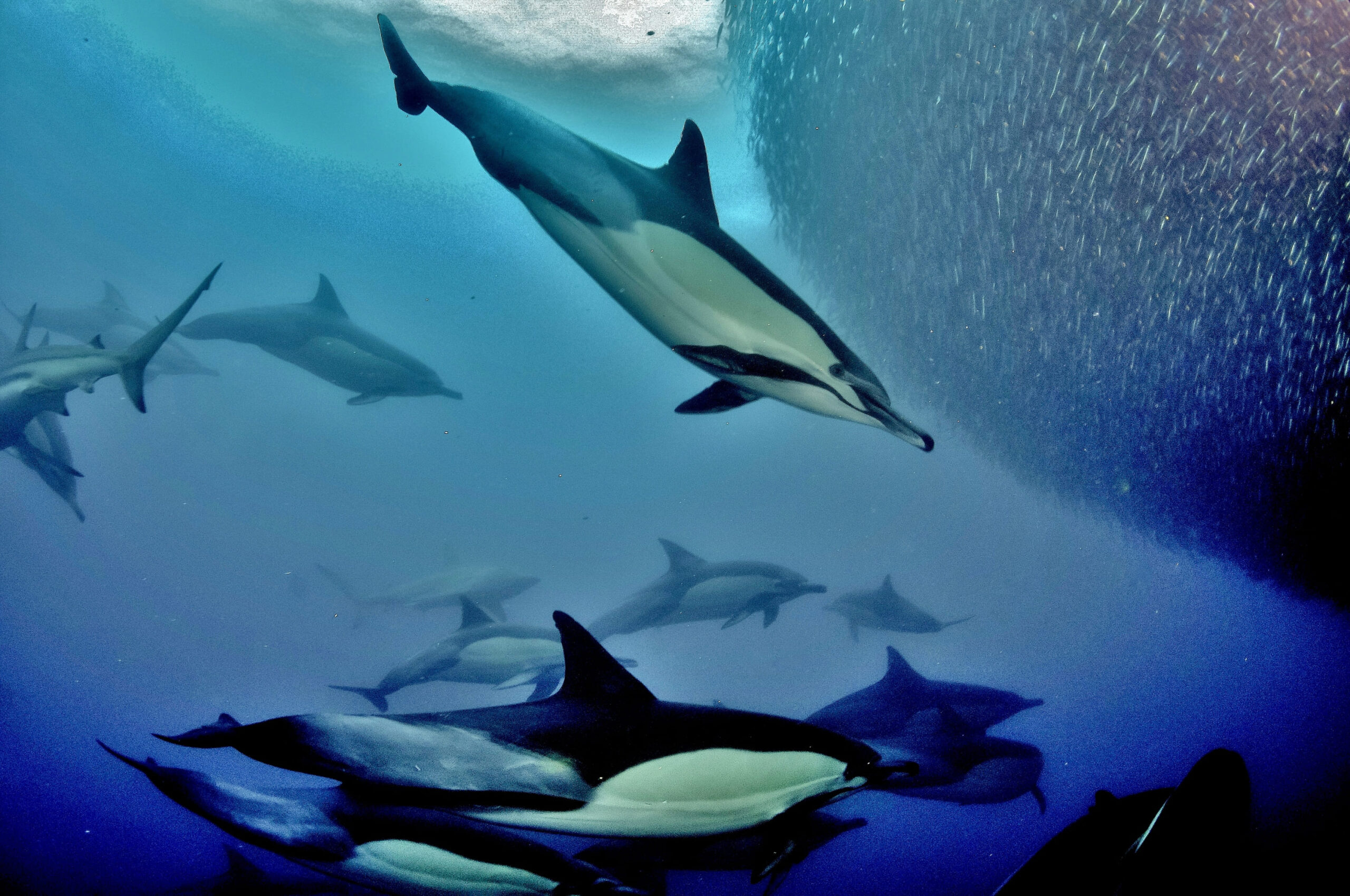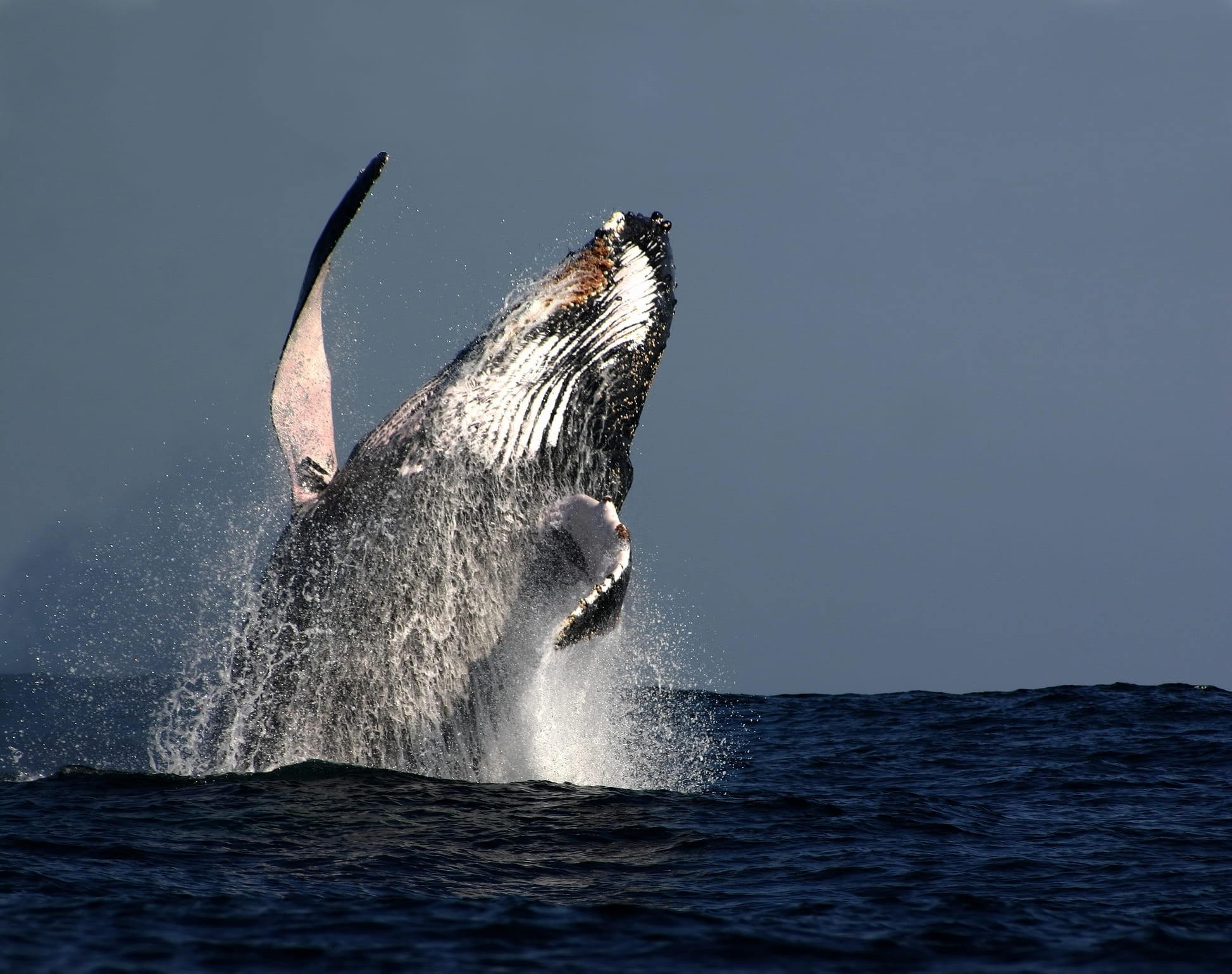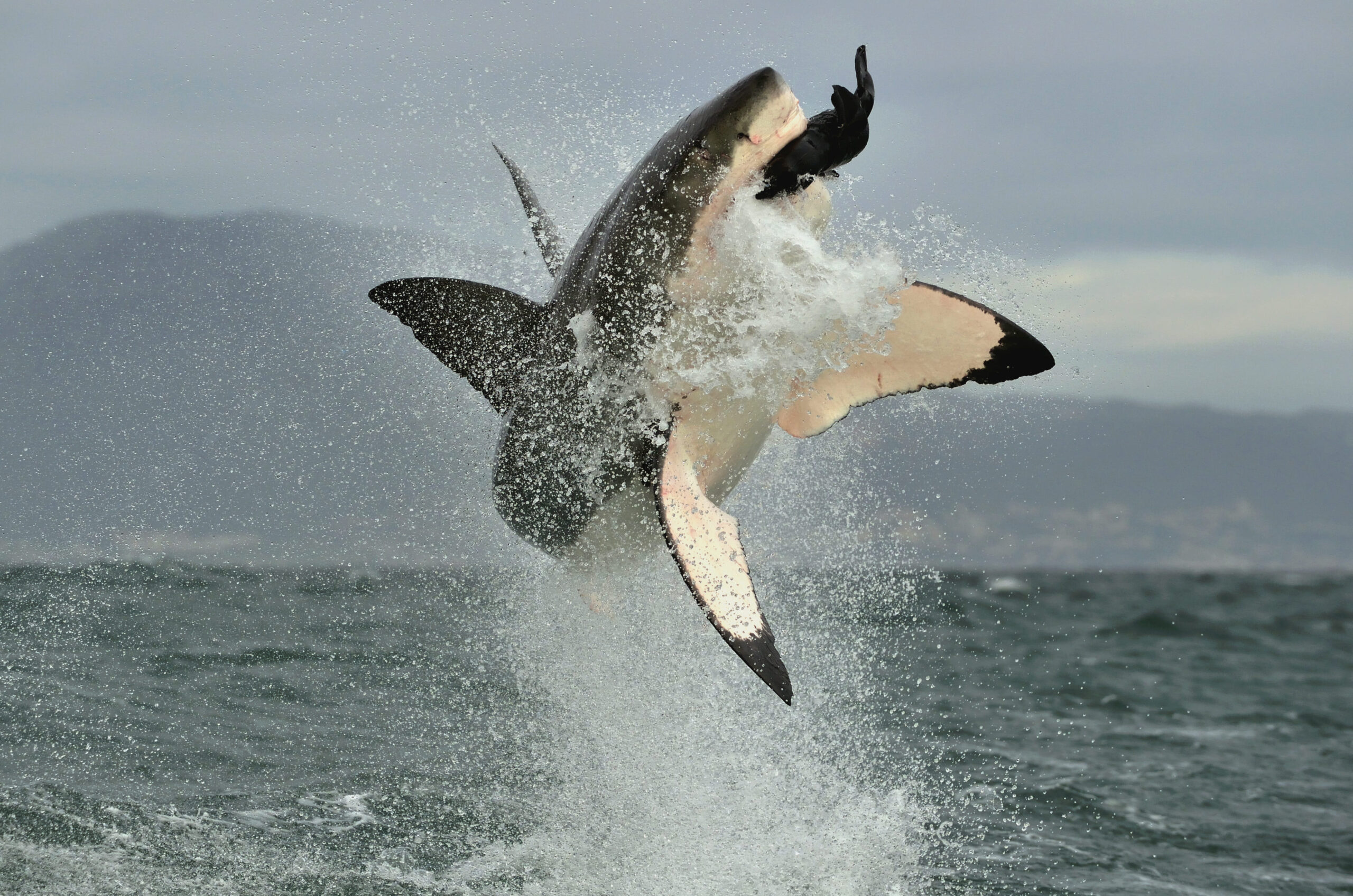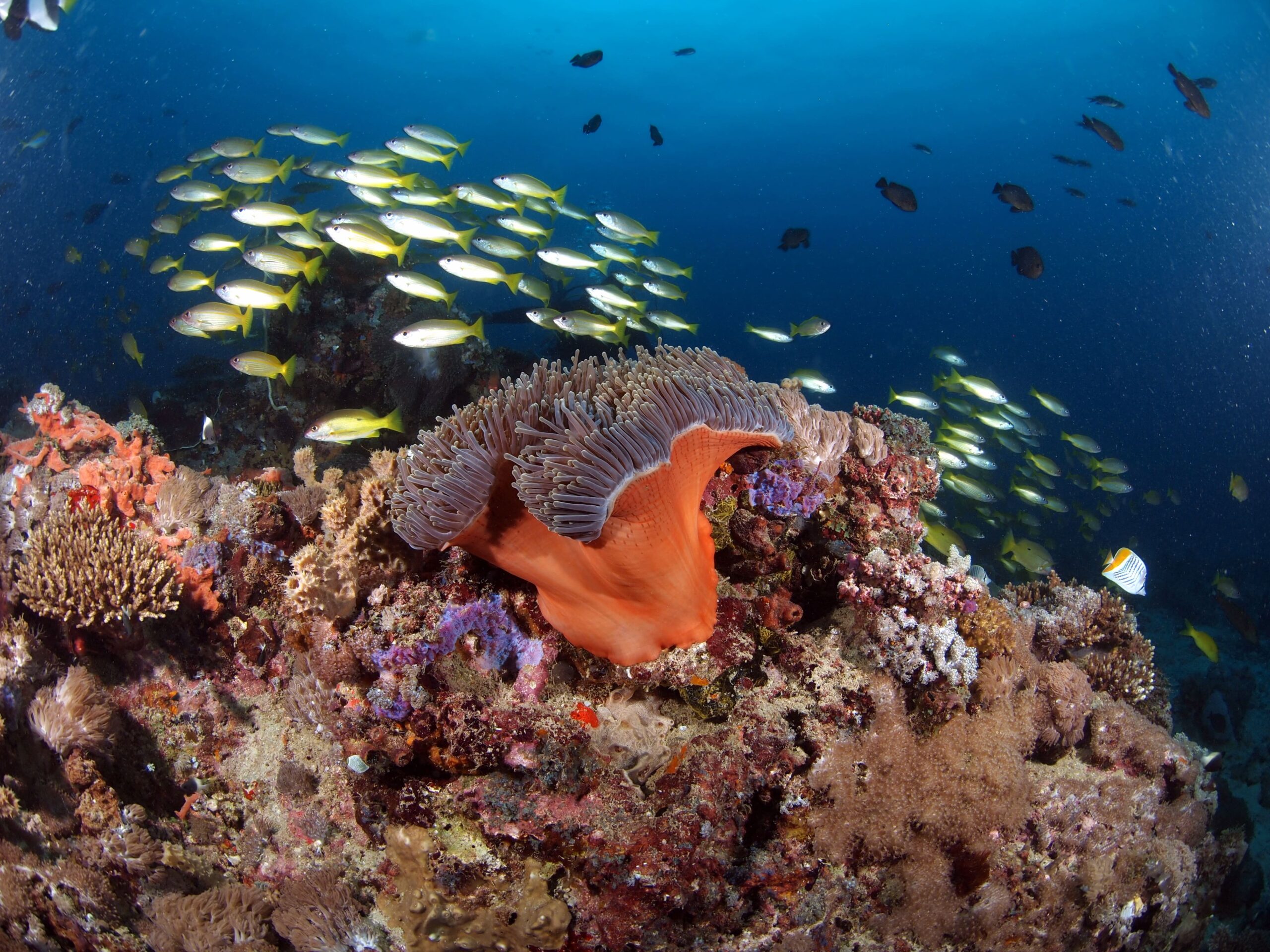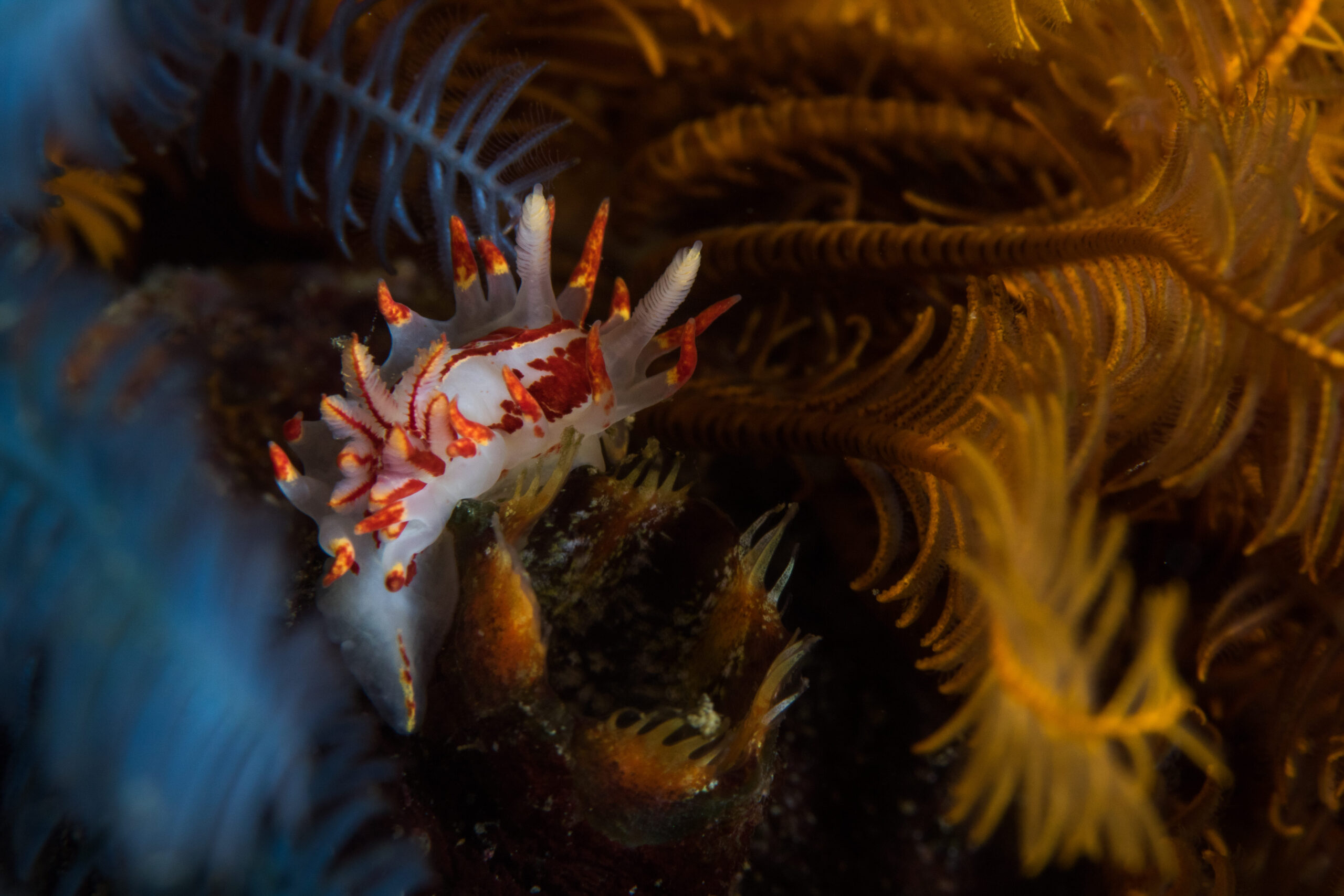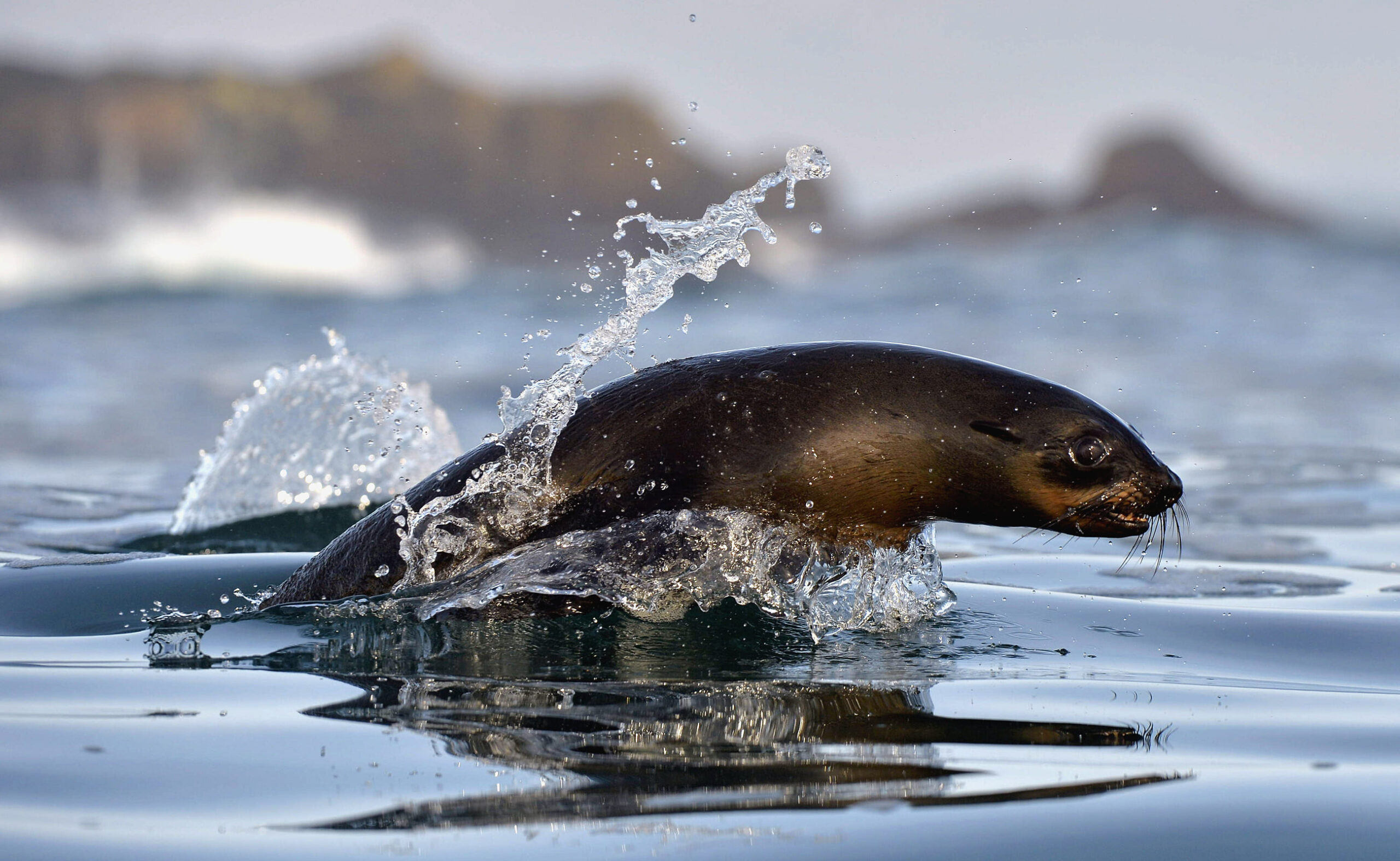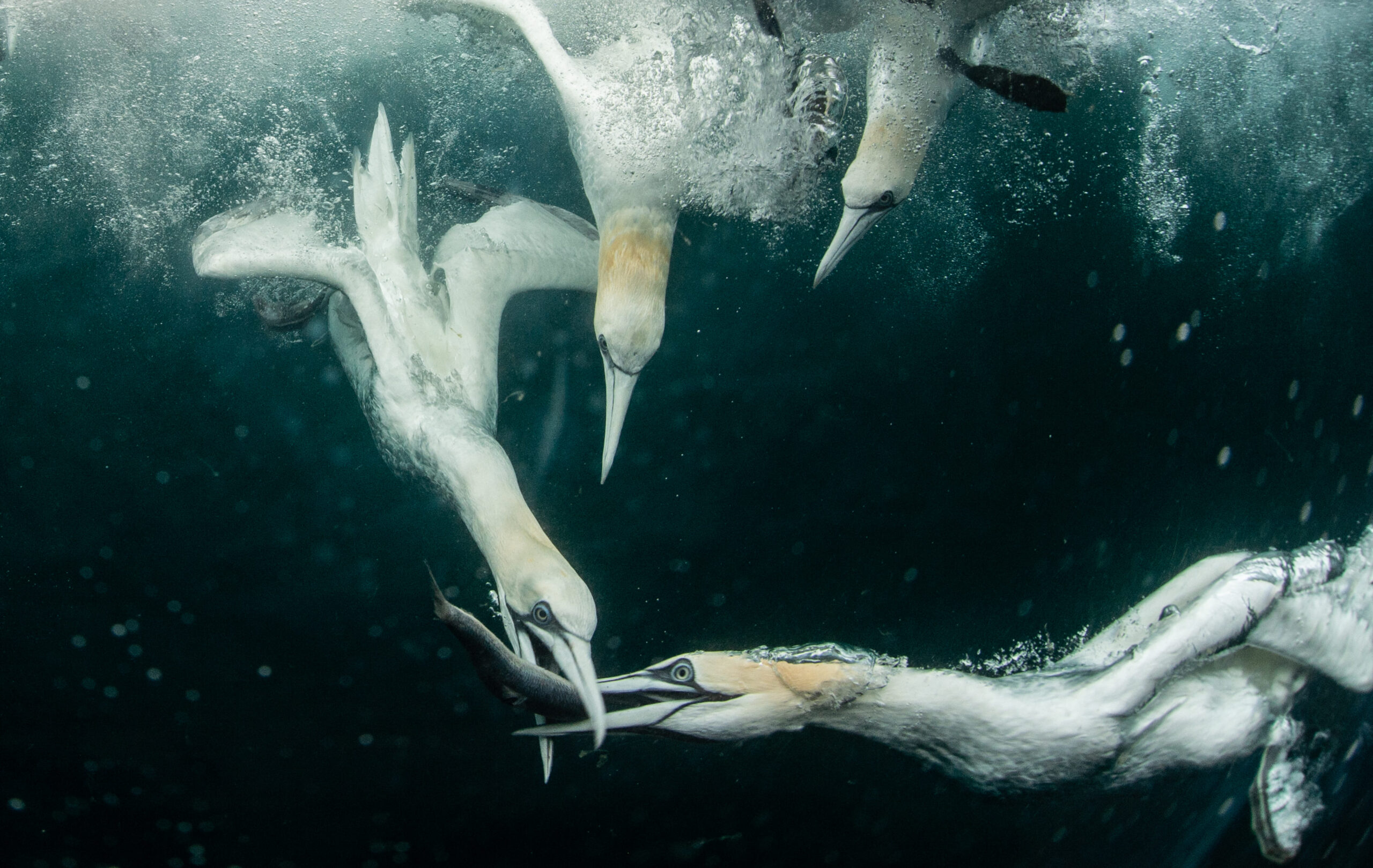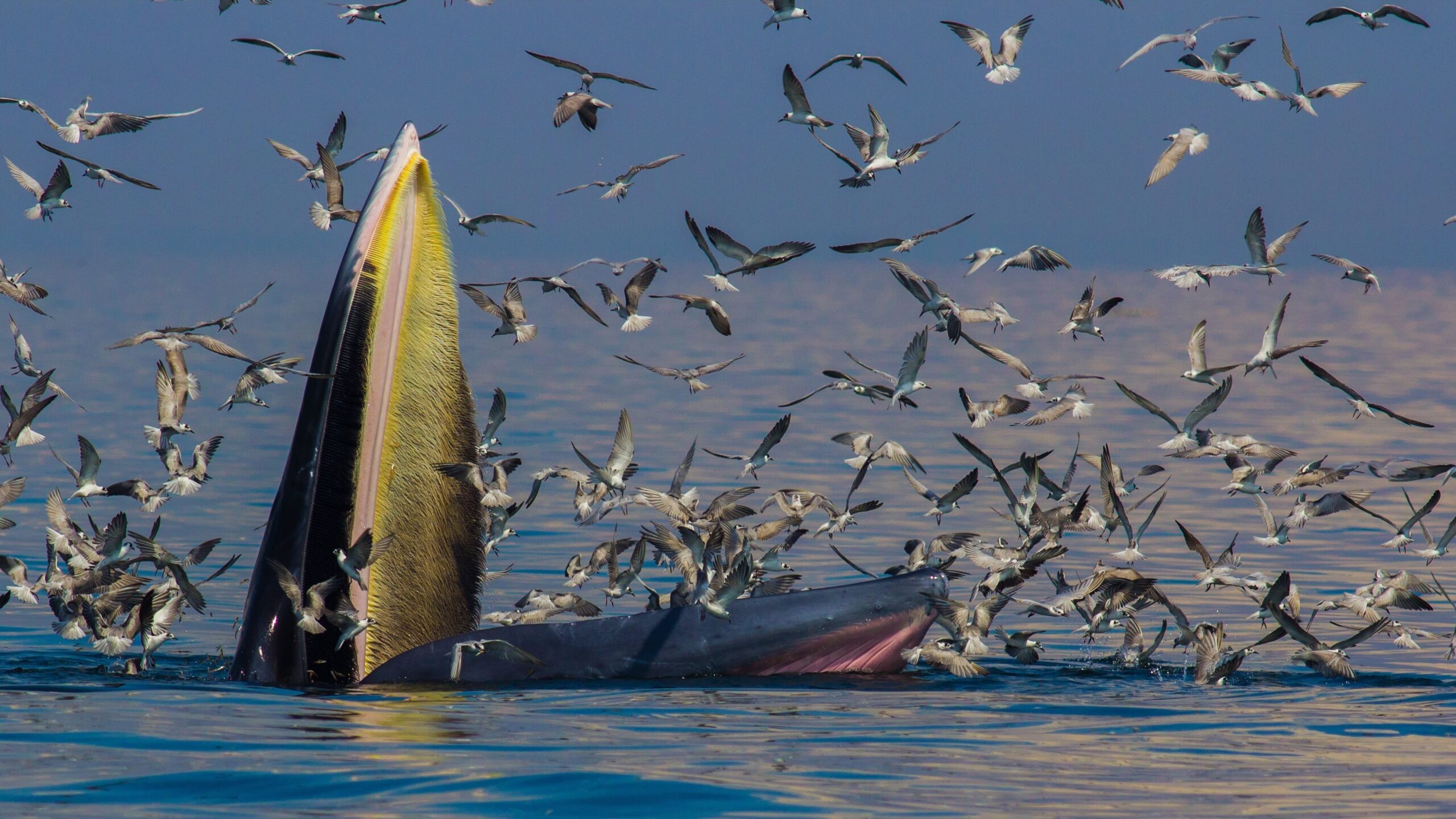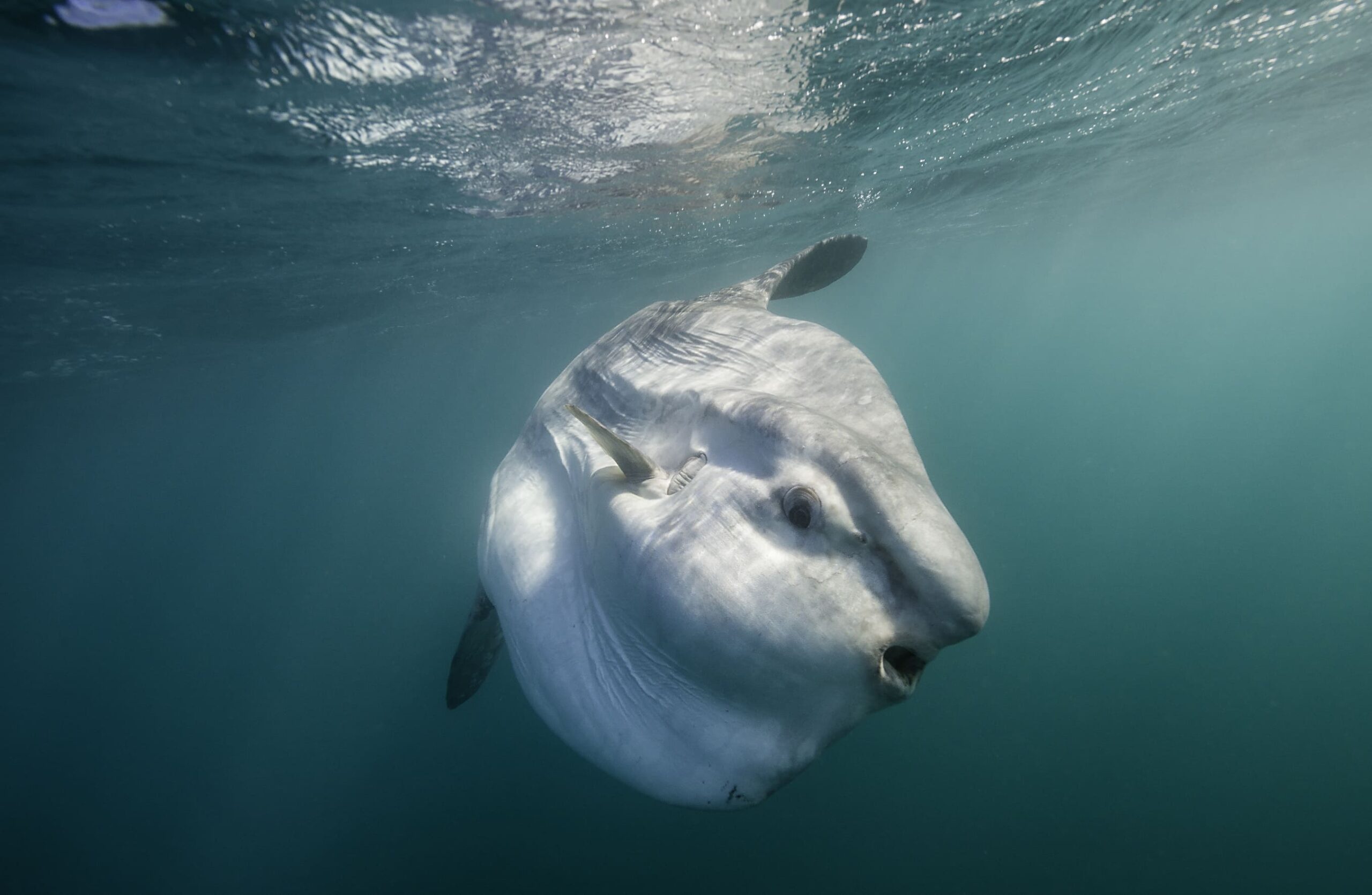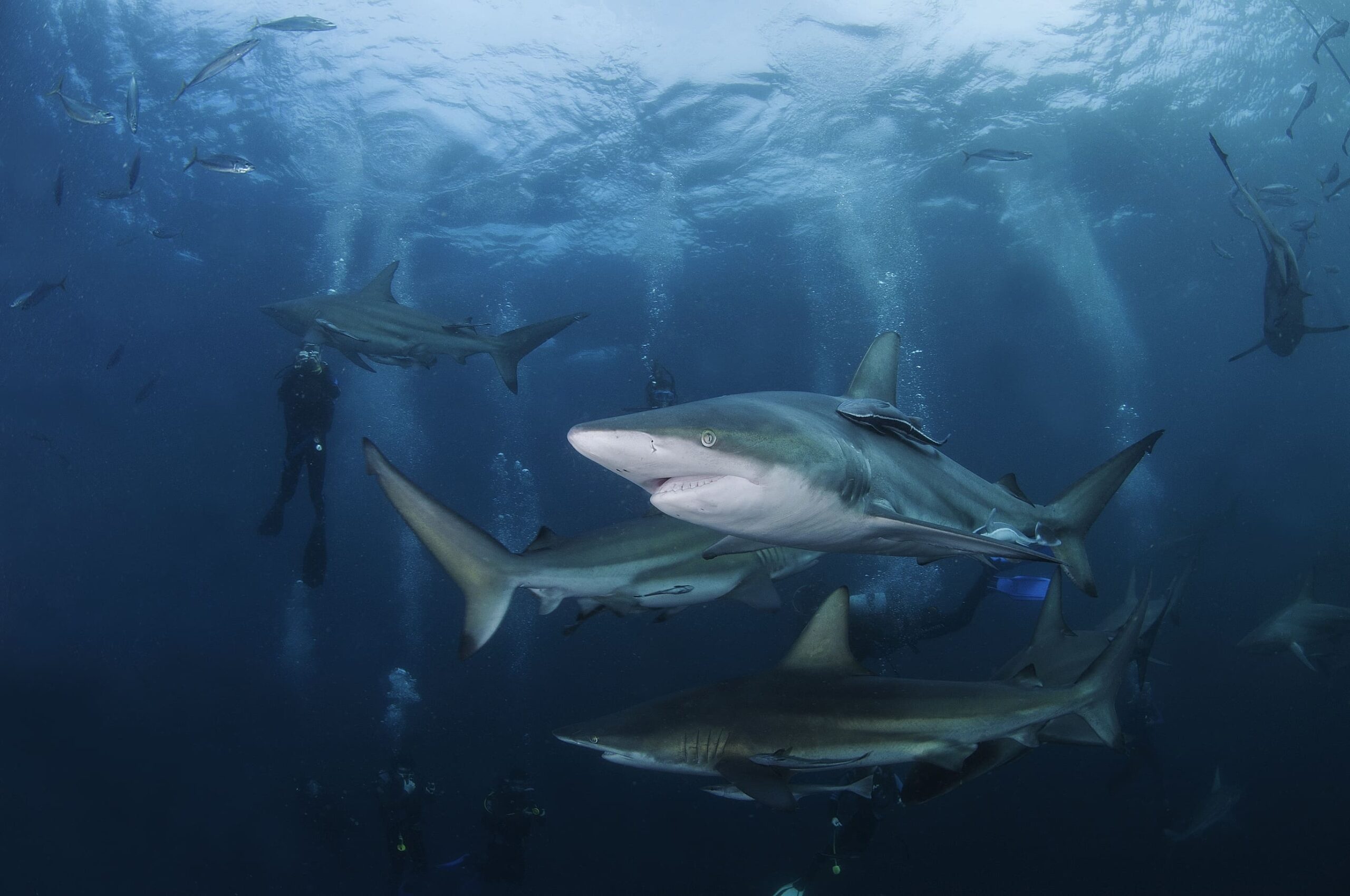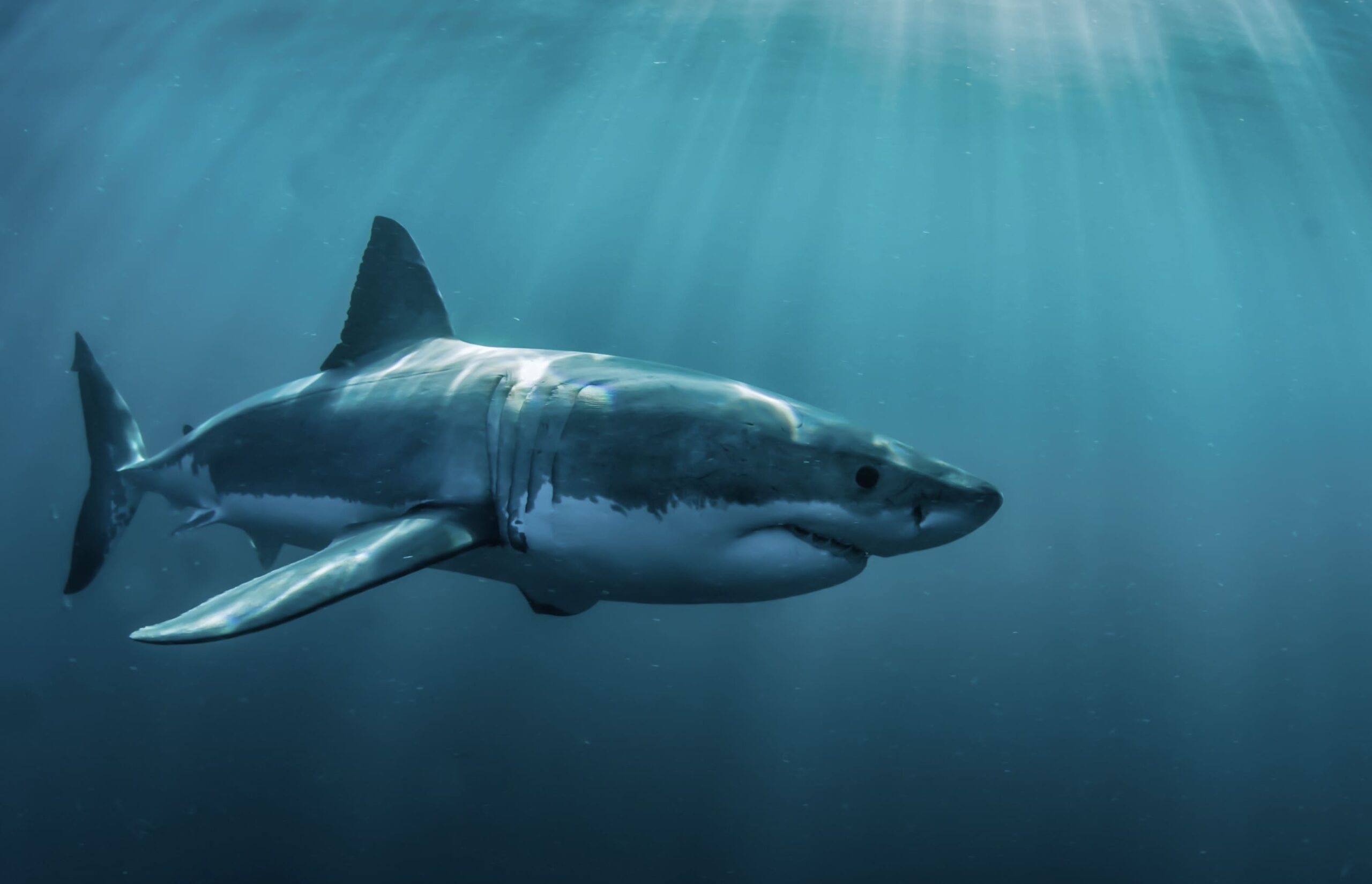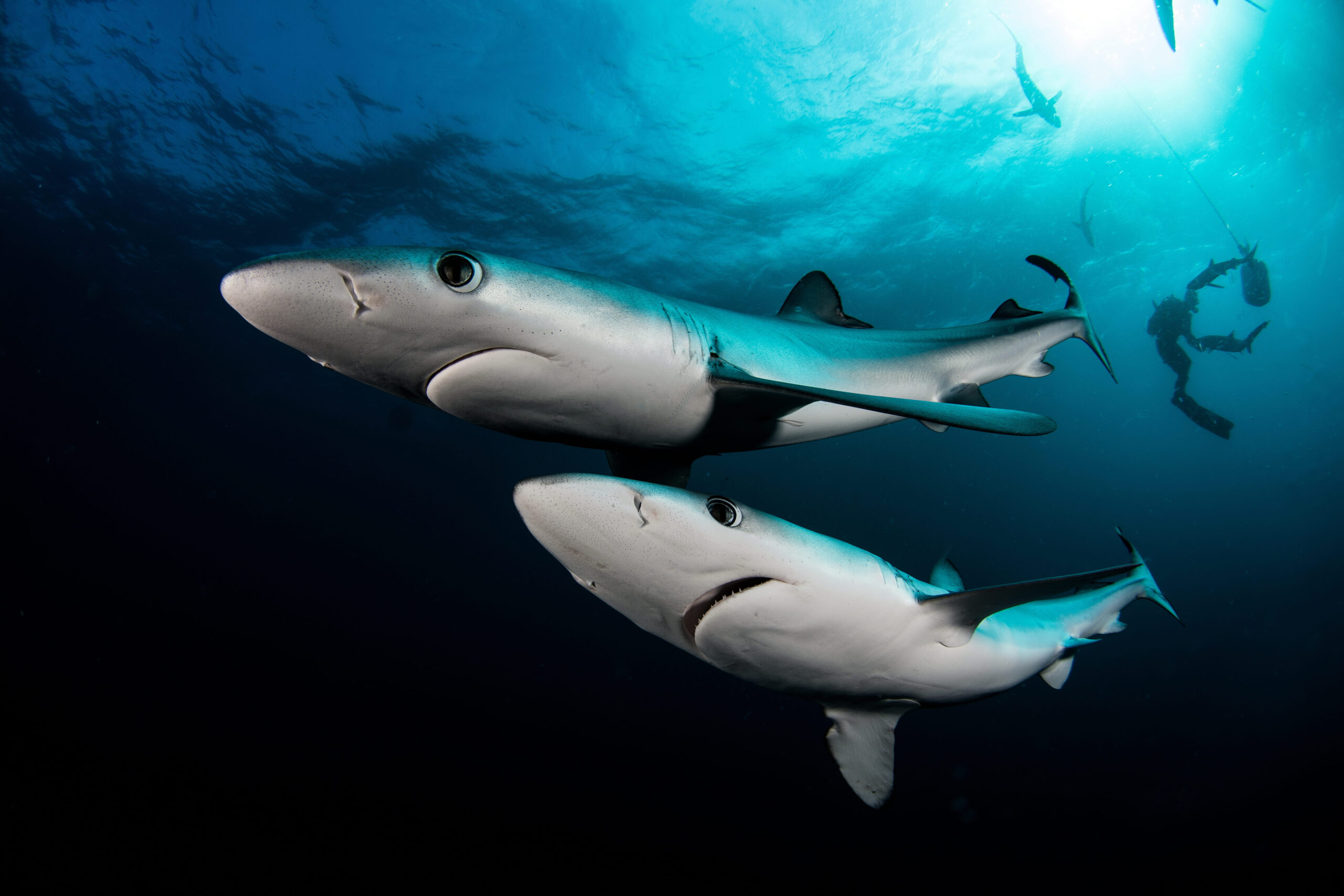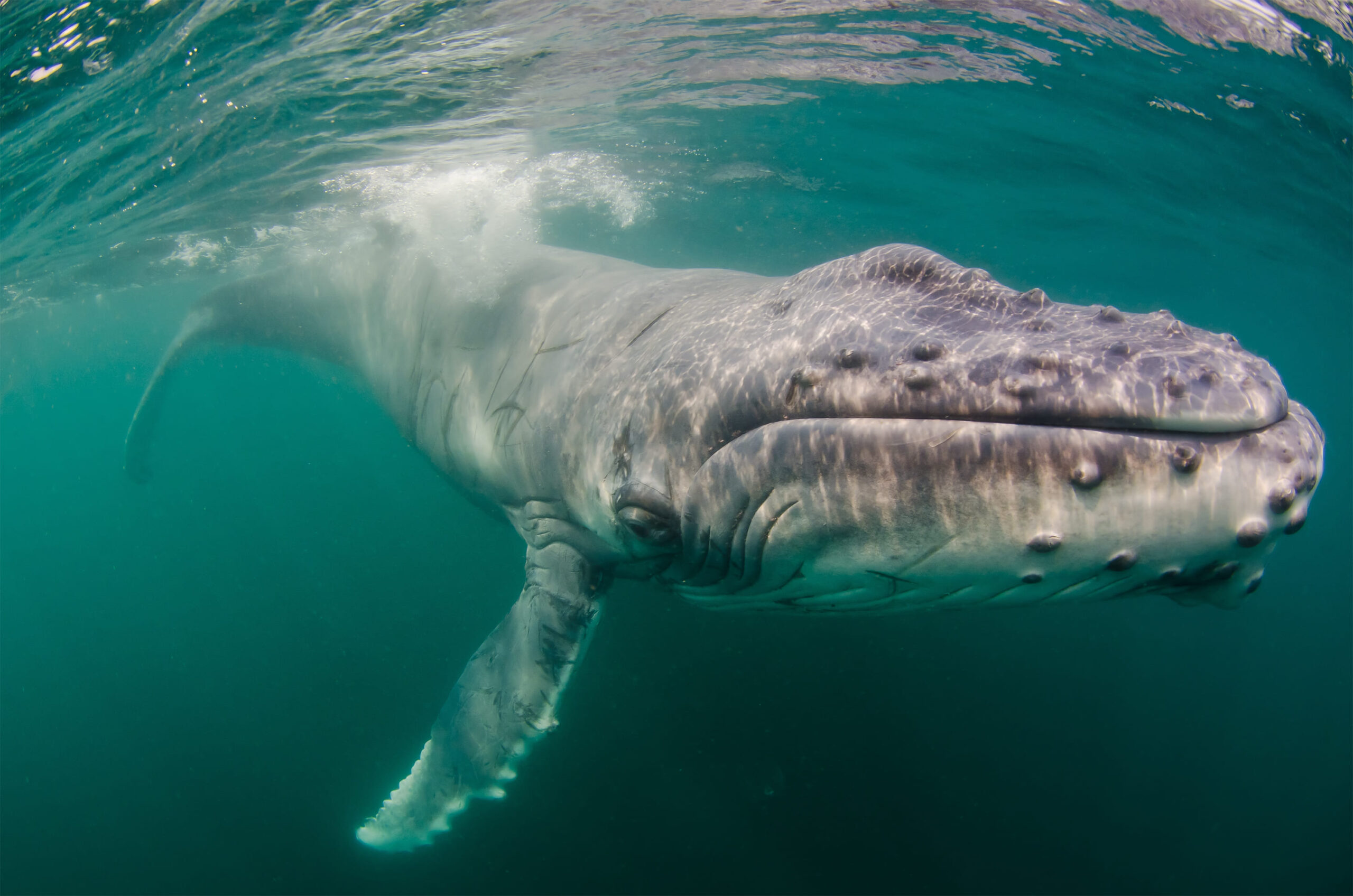Located on the south coast of South Africa are rocky reefs covered with hard & soft corals and inhabited by a wide variety of tropical and subtropical fish species. More importantly, they are recognized for their high-quality shark diving, best known for their close-up encounters with magnificent tiger sharks and the “ragged-tooth”sharks – or raggies, as they’re known here. Tiger sharks are the fourth largest shark in the oceans, after the whale shark, basking shark & great white shark. Diving with them is breath-taking. Tiger shark lovers can usually expect at least 2 tigers on each dive … but up to 6 appear from time to time and the photo ops are incredible.
The “raggie” is a grey nurse shark and it’s the mass of sharks which arrive every year between August and November that cause the stir. Divers often see 50 or more raggies in one dive. In spite of their savage appearance, the raggies are gentle animals and divers can confidently swim in their midst with never a problem.
In addition to the raggies, Aliwal Shoal is also very well known for other large pelagics. At varying times of the year, dependant on migratory habits, divers can see tiger sharks, zambezi sharks, oceanic blacktips, hammerheads, guitar sharks, whale sharks, manta rays and the occasional humpback whale.
Dolphins are in residence all year round along with plenty of turtles, devil rays, massive potato bass and great schools of pelagic fish. And, finally, there are two good wrecks here …. The Produce, which went down in 1974 and the Nebo which was lost on its maiden voyage in 1884.
Protea Banks is also a unique reef system also along the Kwa-Zulu Natal South Coast of South Africa which offers high-energy pelagic encounters. Large schools of yellowtail, kingfish, tuna and barracuda draw in the sharks and other predators.
The Zambezi bull sharks are perhaps the most prevalent here with guitar sharks coming in as number two …. but divers will also see hammerheads, oceanic blacktips, dusky sharks and humpback whales in their season.
The reef and reef life are very much the same as Aliwal Shoal.
